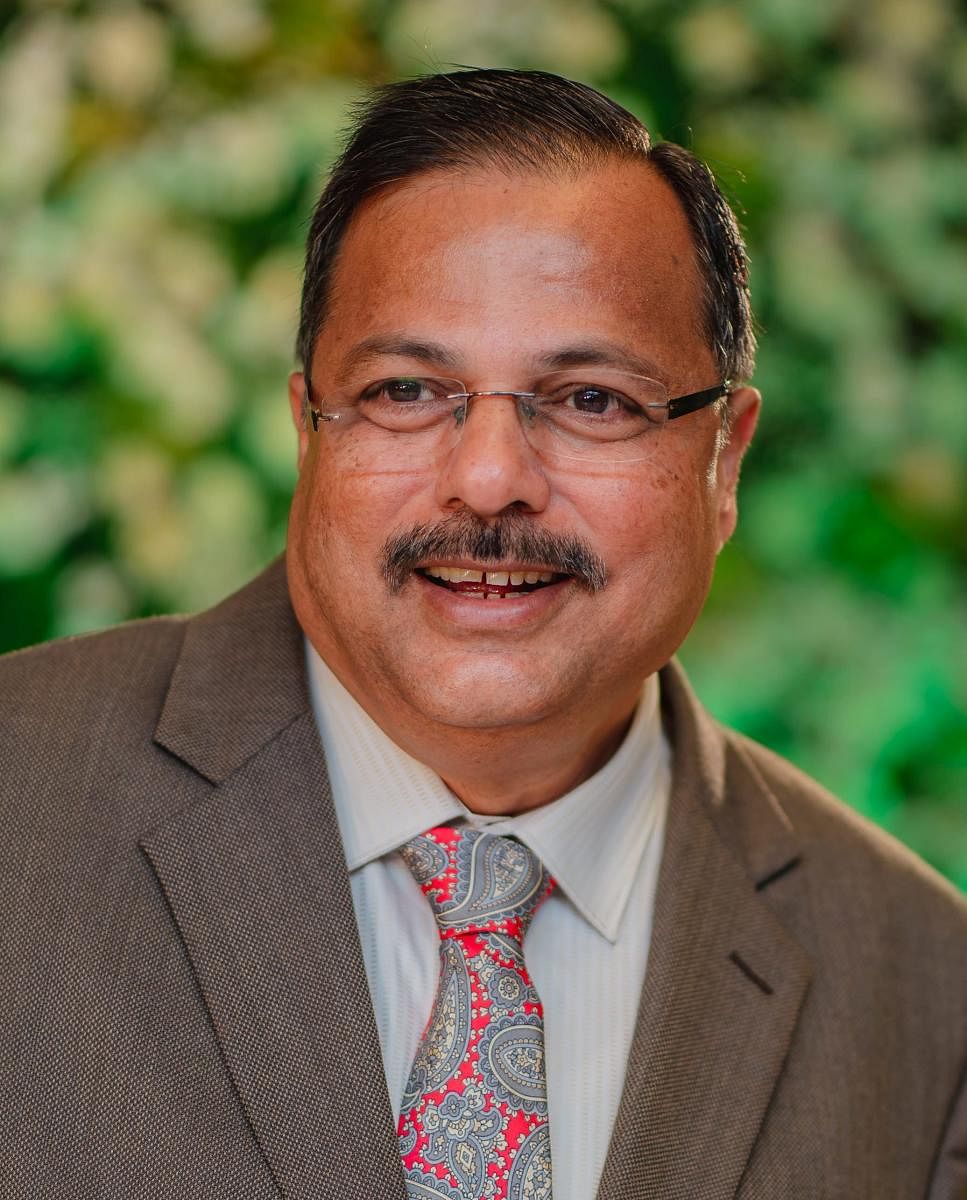
Three books on Kannada cinema were released recently. Published by the Karnataka Chalanachitra Academy, they talk about different aspects of the industry, two of them being in English and one in Kannada.
Metrolife spoke to the authors about their works.
Screenplay is 90 per cent of a film
N S Shankar,
Author, ‘Chitrakathe Haagendarenu?’ (Screenplay: What’s That?)
Director of films such as Ulta Palta and Wrong Number, N S Shankar has also worked as a screenwriter and journalist. The book ‘Chitrakathe Haagendarenu?’ was released in 2018 and is priced at Rs 125.
This is the first book which narrows down the concept of screen writing in Kannada. What exactly was on your mind while writing this book?
Well, the book is meant for beginners who would like to learn about script writing. The book talks about structure, and how script writing has evolved.
Tell us about the challenges you faced while writing the book?
It took me three to four months to finish this book. I usually don’t take that long but there were no references available. In fact, I often didn’t know what the next chapter would be. The book on the whole is a documentation of my experiences as a director and writer.
How important is screenplay to cinema?
Screenplay is cinema. It constitutes 90 per cent of a film. The rest is just the garnishing. For a film to be successful, get the screenplay right.
Critics must understand language and history
K Puttaswamy,
Author, Kannada Talkies: 75 Glorious Years (English)
Dr K Puttaswamy, well-known film historian honoured with a Swarna Kamal national award, wrote ‘Cinema Yaana,’ a history of the Kannada film industry spanning 75 years.
The book was released in 2009 is priced at Rs 400 and won praise for its scope and scholarship. It has now come out in English translation, with B V Shivashankar and Aravind Gowda being the translators, and Shivani Lath being the editor.
Here is what Puttaswamy says about the book:
What are your thoughts about how the translation has turned out?
The translation conveys what the original has said, and rightly leaves out a few elements not relevant to English readers. I feel the flavour of Kannada is lost in the process of translation.
Tell us about ‘Cinema Yaana’. How long did it take for you to write the book?
I started writing it in March 2008, and it took me a year to complete it. The book was serialised from March 2008 in the magazine ‘Vikranta Karnataka.’ It ran for 52 long weeks.
What made you write this book?
Well, documentation is not abundant in Kannada. So I think the book serves as an encyclopedia on Kannada cinema.
The translation gives non-Kannadigas a sneak-peek into Kannada cinema.
Have you met the people you have mentioned in the book? How did you source all the information?
No, I haven’t met a single film director or actor till date. Nobody has helped me with any sort of information.
The book is written from a viewer’s point of view. Also, I have been a movie buff all the time. I used to read and collect every single article on films. Thus, I developed my own style of looking at films.
Lastly, what is your advice to young film critics?
I do not call myself a movie critic. I am just a viewer writing down my opinion. But if someone is critiquing a film, it is very important to learn about the history of the industry you are writing about. The background gives you an insight into the language and the path it has followed.
A document of what we have seen of the industry
Muralidhara Khajane is one of the two authors of ‘Random Reflections: Kaleidoscopic Musings of Kannada Cinema’.
The book is a collection of critical perspectives put together by Khajane and Subrahmanyan Viswanath and is priced at Rs 250.
Khajane spoke about the book to Metrolife:
What made you write this book?
As we know, there are a lot of books in Kannada about the history of Kannada cinema but not many about perspectives and milestones. As journalists have seen the Kannada industry grow over the years. Finding a dearth of writing, especially in English, on Kannada cinema, we decided to write this book.
Who is this book for?
It is for those who would like to look at Kannada cinema from a fresh perspective. We wanted to tell non-Kannadigas how the industry has grown over the years.
Your connection with the Kannada industry.
I came out of the film society movement in India. As a child, I used to watch a lot of European films. Thus, cinema was my passion and it became sharper when I became a journalist and started writing in Prajavani, Deccan Herald and The Hindu. I got an opportunity to study and research cinema.
Who are the writers you admire?
I admire Dr Vijayamma, P B Srinivasa Murthy, V N Subba Rao, Ramakrishna Murthy and many more. All of them have been documenting Kannada cinema. Directors like Girish Kasaravalli have helped us understand how Kannada cinema has evolved through their films.
(The books are available at Karnataka Chalanachitra Academy Office, #20/A, Nandini FHS Layout, next to Presidency School)